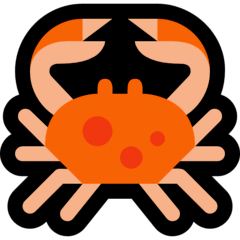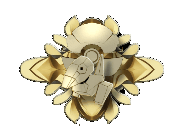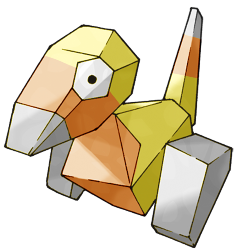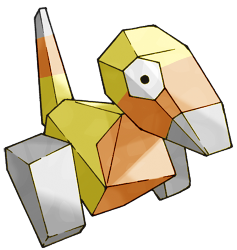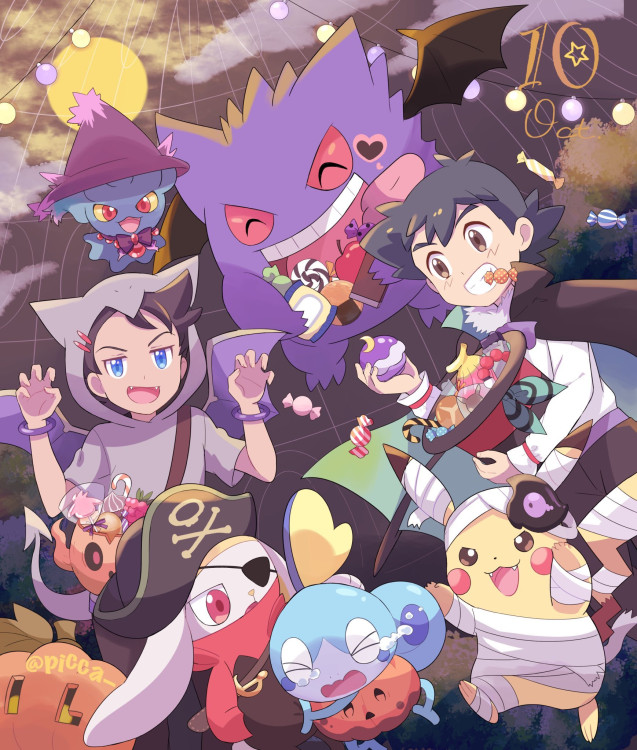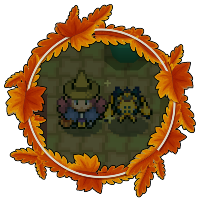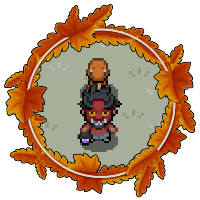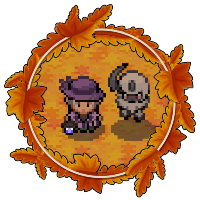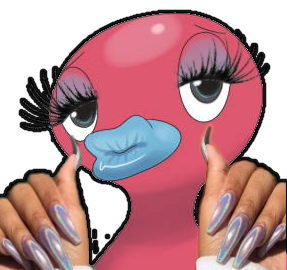
-
-
-
-
-
-
-
-
-
Raid Den Locations
reserved~
-
Raid Den Locations
reserved
-
Make vanity name unique to allow better GTL searching
actually would be nice if they made a filter search option with an option to search via vanity colors. 😄
-
-
-
-
Raid Den Locations
Archive of Past Raid Den Events: Master List of Raid Den Locations for Halloween Event 2024: (Master list includes locations, mechanics, moves, etc info included!) Huge Thanks to @c4v Master list with full info: Link [3⭐ List] Kanto: Viridian Forest, Johto: Victory Road (Need Strength), Hoenn: Route 119, Sinnoh: Route 221 (Need surf), Unova: Route 2 (Need cut) Kanto: route 7, Johto: Dark Cave (Need Surf & flash), Hoenn: Route 123, Mt. Pyre side (need surf), Sinnoh: Route 225 (need surf), Unova: giant chasm Kanto: Berry forest, Johto: Route 39, Hoenn: Route 117, Sinnoh: Fuego ironworks (Need Surf), Unova: Dreamyard Kanto: Victory Road, Johto: Ruins of Alph, Hoenn: Granite Cave, Sinnoh: Iron Island, Unova: Twist Mountain [4⭐ List] Kanto: Island 6, Johto: Ilex Forest, Hoenn: Petalburg, Sinnoh: Eterna Forest, Unova: Lostorn Forest Kanto: Sevault Canyon Island 7, Johto: Rt 46 (Rock Climb), Hoenn: Mt. Chimney, Sinnoh: Rt 207, Unova: Desert Resort Kanto: Rt 10, Johto: Rt 45, Hoenn: Rt 123, Sinnoh: Rt 217, Unova: Guidance Chamber Kanto: -, Johto: -, Hoenn: -, Sinnoh: Newmoon Island, Unova: - [5⭐ List] Kanto: -, Johto: -, Hoenn: -, Sinnoh: Newmoon Island, Unova: -
-
[OPEN][Pory] Team Porygon is recruiting!!
~Some spots are open in Team Pory. Please read the requirements on the post before applying~ Feel free to check out some cool stuff our Team has crafted from the guide on the ongoing Halloween Event to our Porysite that contains frequently updated guides for E4 Reruns & much more! {Showcase} Porysite: https://team-porygon-pokemmo.pages.dev/
-
whispur started following FurretTails
-
Don't Stop Running (Tuesday, 29th October)
👀
-
-
 FurretTails reacted to a post in a topic:
I have made a loan to someone and they have not paid me for several weeks
FurretTails reacted to a post in a topic:
I have made a loan to someone and they have not paid me for several weeks
-
Monster Mash Runway
Winners of the Monster Mash Runway Fashion Show Huge thank you to everyone who took part in Team Pory's monster mash runway contest. It was a challenging process to select the winners due to the remarkable talent you all showcased; everyone's creativity & enthusiasm made the event a truly enjoyable experience! We valued every submission! After thorough deliberation, here are the contest winners: Congrats to all, & please stay tuned for more exciting events in the future! Porybank will be reaching out to the winners shortly with their prizes!
-
Monster Mash Runway
(Art by Picca_) Welcome, everyone to the Monster Mash Runway! During the course of the next two days we will come together to observe & celebrate the remarkable blend of style, innovation & creativity that our talented contestants will showcase! We anticipate that this event will showcase the diverse approaches & perspectives our contestants have regarding this spooky season & what it means to them. Our Theme: Halloween Inspired Fashion! Now if you will please, everyone put your hands together for Your Lovely Judges! ShrimpLad, FurretTails & Panotxa: Thank you for being here with us, now; let the show begin!!! Time of Event: Start: October 28 (12AM MST/7pm UTC) End: October 29, (11:59pm MST/7pm UTC) - Winners will be announced within 24 hours after the event ending. 🍂Rules🍂 👻Need to be a member of Team Pory to participate; please no alts for submissions. 👻Your cosmetics will not be rated for being expensive but rather their creativity & fitting the theme! 👻The theme is Halloween Inspired Fashion; create an outfit you think best represents how you celebrate this spooky season in your own stylish way! 👻Please post only ONE photo to be judged on this forum post. 🎃If you want to submit a new submission you must make a new comment for it & delete your previous submission! 👻You are free to give your entries a caption with your outfit but it is not required. 👻While not required to have a follower; we would like to see outfits posed with any Pokemon that fit the theme of your outfit! 👻Please do vote for which outfits you like the most with a 👍 or ❤️!!! Other reactions will NOT count towards a vote! 👻The winner for most voted cannot also win within the top 3; if most voted is already in the top 3 the prize will go to the next most voted contestant. You are free to make your entry in PokeMMO; It is also optional for this event to create an outfit on PokeMMO Hub - Cosmetics Compendium for your entry if there is an outfit you have in mind but cannot afford to create it. https://pokemmohub.com/tools/cosmetics/ Winner prizes: 1st 🏆715,000 Pokeyen 🏆x1 Bats Particle 🏆Fairy Elfbot Hat 2nd 🏆535,000 Pokeyen 🏆Bones Cap 3rd 🏆300,000 Pokeyen 🏆Hellcat Hood Most Voted: 🏆240,000 Pokeyen 🏆Football Helmet Bat Particle Preview: Particles Guide Vanity Preview: Vanity Index
-
[OPEN][Pory] Team Porygon is recruiting!!
- Post your Halloween fits and mons, here!
tysm ❤️ I love secret base decorating tbh. Im actually working on a guide rn for it since my team members have also frequently asked I help them decorate. Hoping to have it done for the most part by the end of this week if it all works out. 🥳PeachyHana started following FurretTails- Vanity Suggestion Thread
I really love the Spring Flower Hairpin & I would love to see more flower variant pins in the game like Sunflowers, Lilacs, Roses, etc. ❤️FurretTails started following Elizn- Seasonal PVE - A Blast From the Past - Main Thread (Saturday, 19th October - Sunday, 15th December)
W event. This is super exciting!Zephy started following FurretTailsSlyfer started following FurretTailsFurretTails started following FurabiaFurretTails started following ShrimpladFurretTails started following GlortFurretTails started following BoxBoxFurretTails started following Panotxa- Raid Den Locations
Raid Den Locations Kanto Routes Kanto Sevii Islands 1-3 Routes Kanto Sevii Islands 6-7 Routes Directions to get to the Kanto Raid Dens Thanks to @AngryGorilla for the video guide! Johto Routes Directions to get to the Johto Raid Dens Thanks to @AngryGorilla for the video guide! Hoenn Routes Directions to get to the Hoenn Raid Dens Thanks to @AngryGorilla for the video guide! Sinnoh Routes Directions to get to the Sinnoh Raid Dens Thanks to @AngryGorilla for the video guide! Unova Routes Directions to get to the Sinnoh Raid Dens Thanks to @AngryGorilla for the video guide!- Post your Halloween fits and mons, here!
- [OPEN][Pory] Team Porygon is recruiting!!
Hey there night owls, i'm FurretTails, one of the execs on Team Pory. If you're in Team Pory already, you already know it seems like i'm always working on new projects, docs, lists, etc. I really enjoy anything that allows creativity to flow. I often collab with other talented team members to bring new ideas to life & create fun things for the team. I love to whip up projects that help Pory stand out from the rest. Currently i'm working on some new art projects to drop this month in our discord & for some events; but I just had to whip up something seasonal with the new Candycorn Pory I made the other day. {Enjoy this lower quality GIF version while I finesse it some more. } Hope everyone's having a great week so far & getting prepped for the events ahead. If you are looking for a team & like the idea of joining one that's constantly got cool art, banners, emojis, tons of guides, new event ideas & more, maybe send an app in to Team Pory. {Minimum requirements are listed on page 1 of this thread if you are interested~}
Important Information
By using this site, you agree to our Terms of Use and Privacy Policy.




